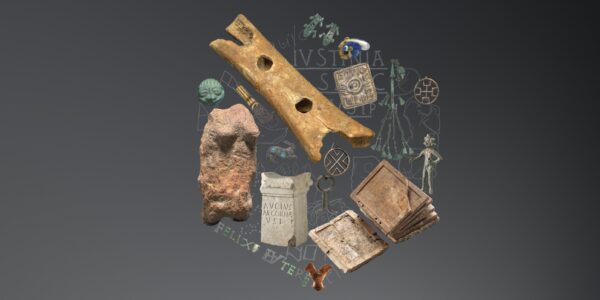- Location: Galerija
Venue: Galerija
The exhibition is open from 25. November 2011 to 31. December 2014
More about the exhibition:
Link za internetno stran razstave: novomesto1848-1918.si
Novo Mesto 1848 – 1918
This exhibition seeks to illustrate the pulse of life among people living in Novo Mesto in the second half of the 19th century.
We have designed six content sections: the Austrian Empire, the Krka and Novo Mesto, the town and its symbols, images of the town and people, administration and economy and societies and social life. We showcase an urban middle-class bedroom and drawing room, to illustrate the urban residential culture at the end of the 19th century. We also exhibit products of arts and crafts (furniture, sculptures, flags, tableware, commemorative items and so forth), as well as pictorial and archive material from that period. Music from the orchestrion machine will carry you off to the time of Viennese waltzes and Radetzky Marches.
We emphasise the importance of Novo Mesto in the period of Slovene national awakening: the first staging of the play Happy Day or Matiček Gets Married, the first reprint of Glory of the Duchy of Carniola and construction of the first National Centre in Slovenia.
A large part of the exhibition is adapted for blind and partially sighted persons. The exhibition includes six touch pictures and a small, darkened room, designed to let seeing people experience tactile recognition of exhibits and more easily understand the world of the blind.
And our youngest visitors will be able to take in the exhibition with the help of illustrations and a computer game.
Through the photo gallery, quiz and computer game we want to make the exhibition more appealing to those who are at home in the digital world, and at the same time to encourage them to see the exhibition for themselves. So we warmly welcome everyone to come and stroll through the second half of the 19th century in Novo Mesto.
A leaflet and catalogue are available, as well as a leaflet in Braille.
Majda Pungerčar, exhibition curator



